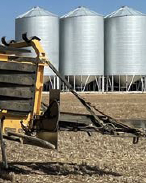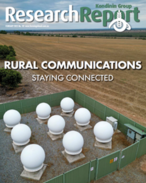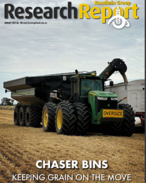This article is 4 years old. Images might not display.
At a folded size of just 180mm × 97mm × 84mm, the Mavic Air 2 is incredibly portable.
The Mavic Air sits below the Mavic Pro and above the Mavic Mini in the DJI consumer range.
The Air 2 boasts 34 minutes flying time from a 40.42 Wh LiPo battery which equates to a maximum flying distance of 18.5km before the power is exhausted.
Maximum horizontal flight speed is 19m/s (just under 70km/h) in sport mode. Maximum ascent speed is 4m/s and 3m/s on descent (although up to 5m/s is possible in some modes during a sharp descent).
Maximum wind resistance is up to 37.8km/h but putting the 570g Mavic Air 2 up in wind like that is probably asking for trouble.
The Mavic Air 2 carries a 1/2" CMOS sensor with an 84 degree field of view. (About 24mm equivalent in a full frame terms). Maximum single still photo resolution is 48MP, but is selectable at 12MP for bursts and bracketing. A range of video resolutions in a range up to 4K Ultra HD HDR: 3840×2160 at 24/25/30 fps.
Object detection is via a vision system which detects objects up to 44m forward and 47.2m rear with dual vision sensors and time of flight sensors (ToF) taking care of downward object detection. There is no side vision systems on the Mavic Air 2.
Live video quality is 720p or 1080p at 30fps meaning that in many cases the live stream will be ample for simple editing and sharing without downloading from the drone.
DJI boasts a maximum video transmission range of 10km (FCC), 6.0km (CE), 6.0km (SRRC) or 6.0km (MIC). But Australian users need to adhere to the visual line of sight CASA requirements and 120m above ground ceiling under standard operating conditions.






















